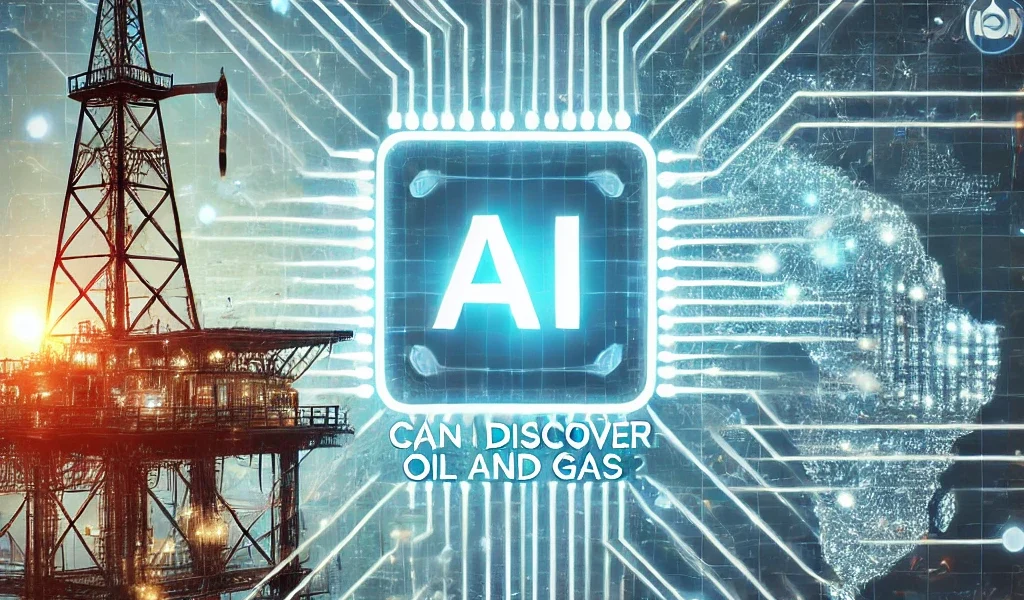How AI Is Revolutionizing Oil & Gas Exploration
1. The Oil & Gas Industry’s Efficiency Paradox
Recently, the oil and gas industry has seen a surprising trend: production levels are soaring, but the number of drilling rigs has decreased drastically. For instance, in the United States, the daily oil production has reached an impressive 13.3 million barrels with fewer than 1,000 rigs operating. This raises an interesting question: How is it possible to increase production efficiency with fewer rigs? The answer lies in advanced technology, particularly AI.

2. AI: The Unsung Hero of the Oil Industry
AI technology is taking center stage in oil and gas exploration, and it’s more than just a buzzword. It’s revolutionizing the way companies search for and extract oil. In the past, finding oil required extensive data analysis, seismic surveys, and guesswork, often involving years of exploration. But today, AI is significantly cutting down the time and cost involved.
The traditional drilling process involved interpreting seismic waves and geological data, which was both time-consuming and costly. AI now accelerates this process by analyzing vast amounts of data in a fraction of the time it would take human experts. For example, AI can identify potential oil-rich layers with incredible accuracy, guiding drills to hit the most promising spots faster and more efficiently.
3. How AI Is Boosting Efficiency
AI isn’t just good at finding oil; it’s also exceptional at optimizing the drilling process. One of the key areas where AI has made a massive impact is horizontal drilling. This method involves drilling sideways into the earth to reach oil reserves, a process that’s both expensive and technically challenging. With AI’s assistance, horizontal drilling is now 30% faster than before. By predicting the most effective drilling paths, AI helps oil companies save time, money, and resources.
Moreover, AI’s ability to predict equipment failures before they occur has dramatically improved operational efficiency. High-pressure drilling equipment is prone to breakdowns, and identifying potential issues beforehand means less downtime and more productivity. AI continuously monitors these machines, offering insights on when maintenance is required, preventing costly disruptions.
4. The Future of AI in Oil & Gas Exploration
One of the most exciting aspects of AI in this industry is its potential to further reduce production costs. With AI’s help, companies can extract oil more efficiently, even in areas previously deemed unprofitable. This means that even if oil prices drop, companies will still maintain profitability.
In addition to cost savings, AI is also expected to play a crucial role in environmental conservation. For example, AI technology can monitor methane emissions, a byproduct of oil extraction, and significantly reduce its release into the atmosphere. This is a game-changer in reducing the environmental impact of oil drilling, making the industry more sustainable.
5. Challenges & Opportunities
While AI is undeniably transforming the oil and gas industry, there are still challenges to overcome. The implementation of AI requires a significant upfront investment, and smaller companies may struggle to adopt this technology quickly. Additionally, there is a steep learning curve associated with AI, as it requires skilled personnel to interpret and apply the data effectively.
However, the benefits far outweigh the drawbacks. With AI’s ability to improve production efficiency, reduce costs, and enhance environmental sustainability, it’s clear that AI is the future of the oil and gas industry. As technology continues to advance, we can exp











